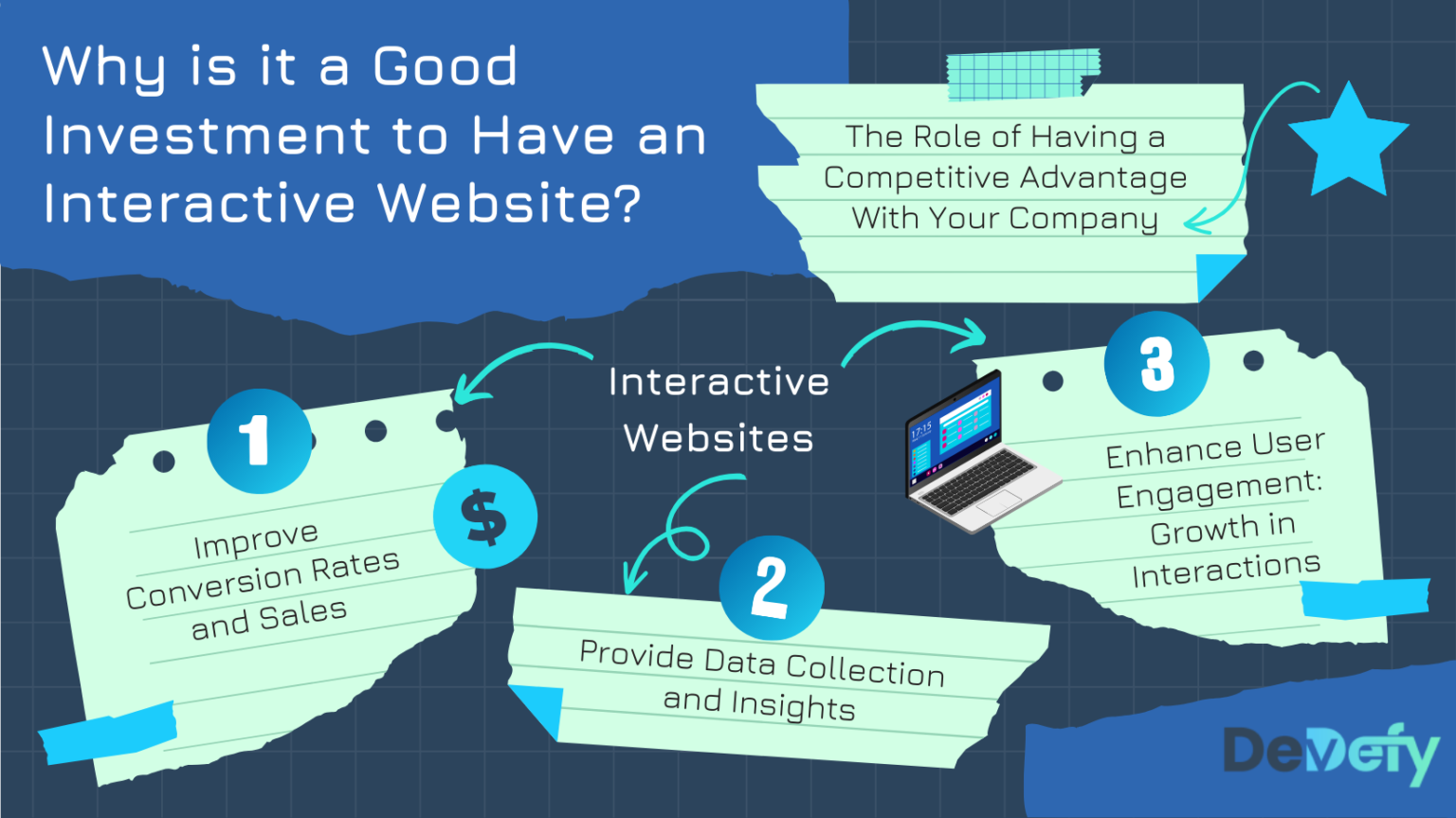In today’s digital-first world, having a strong online presence is critical for the success of any small business. Many of your competitors are already leveraging web design services for small business to reach more customers, generate sales, and build credibility. Without a professional website, you risk being overshadowed by businesses that are actively engaging their audiences online.

The digital landscape is competitive, and many small businesses are already using their websites to extend their reach far beyond traditional local marketing. They’re investing in web design and management services for small businesses to create engaging, user-friendly websites that act as 24/7 storefronts.
A professionally designed website is essential for:
Without a website, or with an outdated one, your business risks losing out on these opportunities as your competitors push ahead with modern, professional websites built to attract and convert customers.

A well-designed website does more than look good—it functions as a key tool for business growth. Partnering with web page designers for small business ensures your website not only reflects your brand but also delivers an excellent user experience that encourages visitors to stay, explore, and make a purchase.
Effective web design focuses on:
By working with a web designer for small business, you can have a website that showcases your products or services effectively and helps you stand out from the competition.
Having a great website is only the beginning. To truly succeed, your small business needs to invest in high-quality content and SEO (Search Engine Optimization) to attract organic traffic. When customers search for products or services related to your business, they should find your website first.
Good content helps:
SEO ensures your site is optimized for search engines, while regular blog posts help keep your website fresh and relevant. Small businesses that combine SEO with valuable content consistently see higher organic traffic, which leads to more leads and conversions.
Consistent blogging is one of the most effective ways to build a strong online presence. By offering relevant, informative blog posts, you attract new visitors to your website and keep existing customers engaged. Blogging not only improves your SEO but also positions your business as an expert in your field.
Blog posts allow you to:
If your competitors are already blogging and optimizing their sites for search engines, they’re gaining a serious advantage. Regularly updating your website with blog content can help you level the playing field and give your small business the online presence it deserves.
To thrive in today’s competitive environment, your small business needs a professional website that works as hard as you do. At DevDefy, we specialize in web design services for small business, offering everything from custom website development to ongoing web design and management services for small businesses. Our team of experts ensures your website is not only visually appealing but also optimized for performance, SEO, and lead generation.
We provide:
If you’re ready to outshine your competitors with a professional website that drives results, contact DevDefy today. We can handle every aspect of your online presence so you can focus on growing your business.